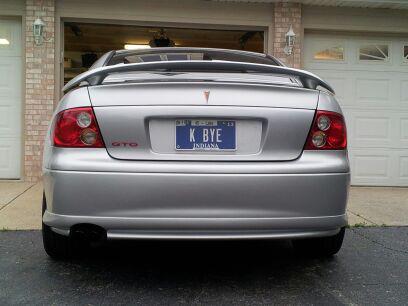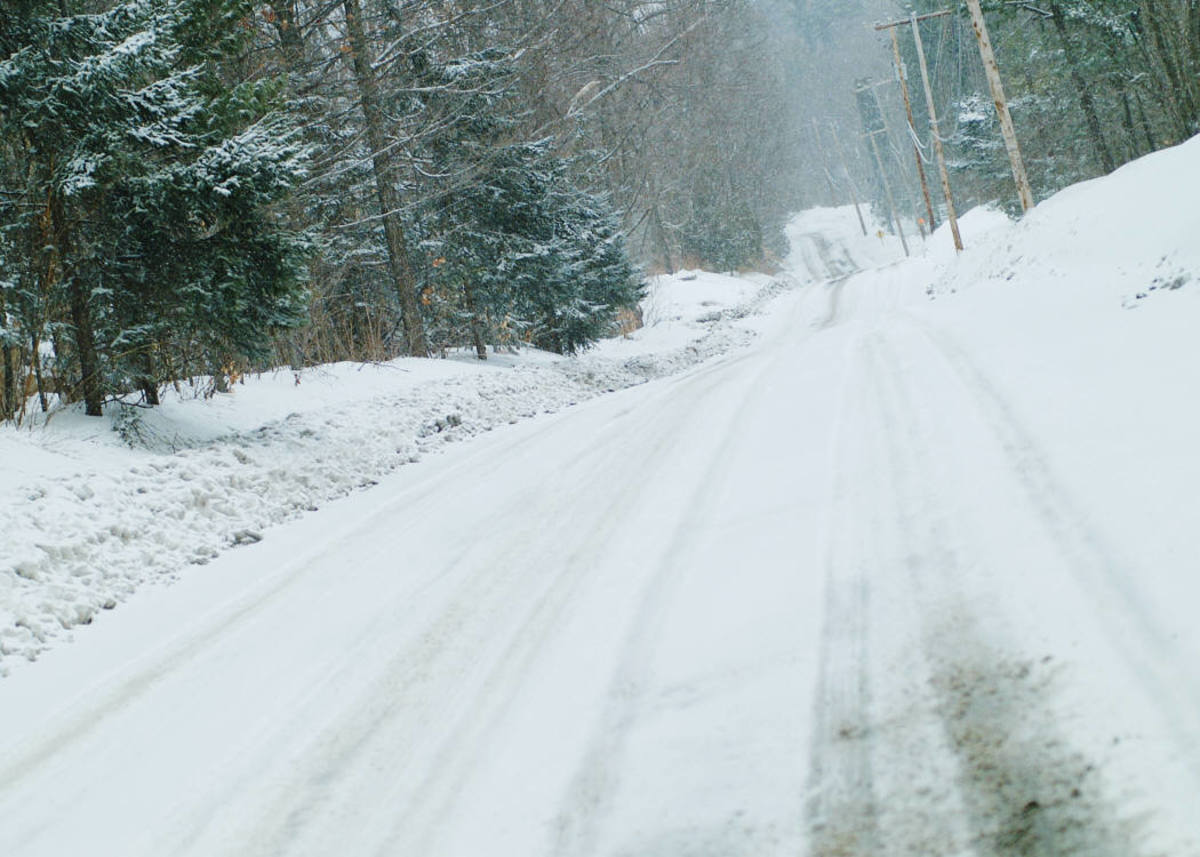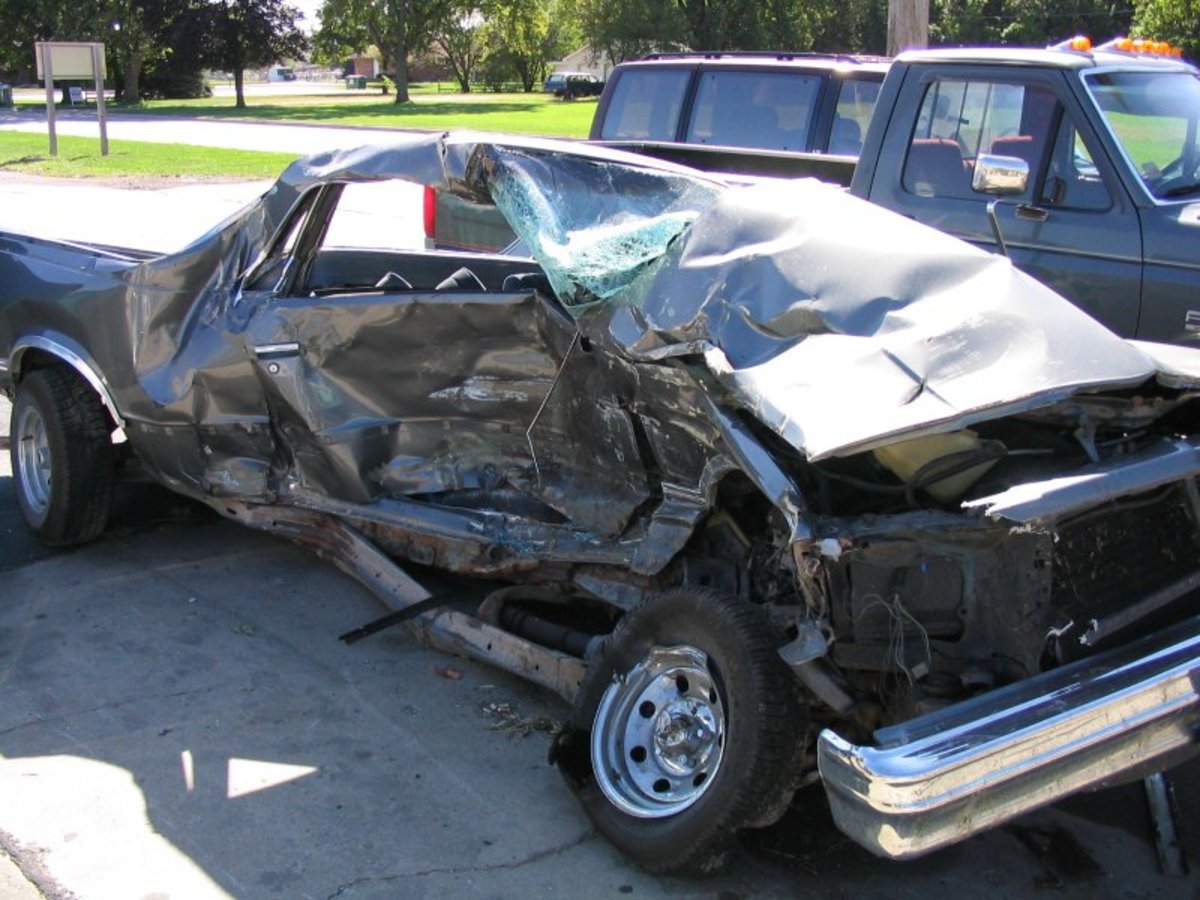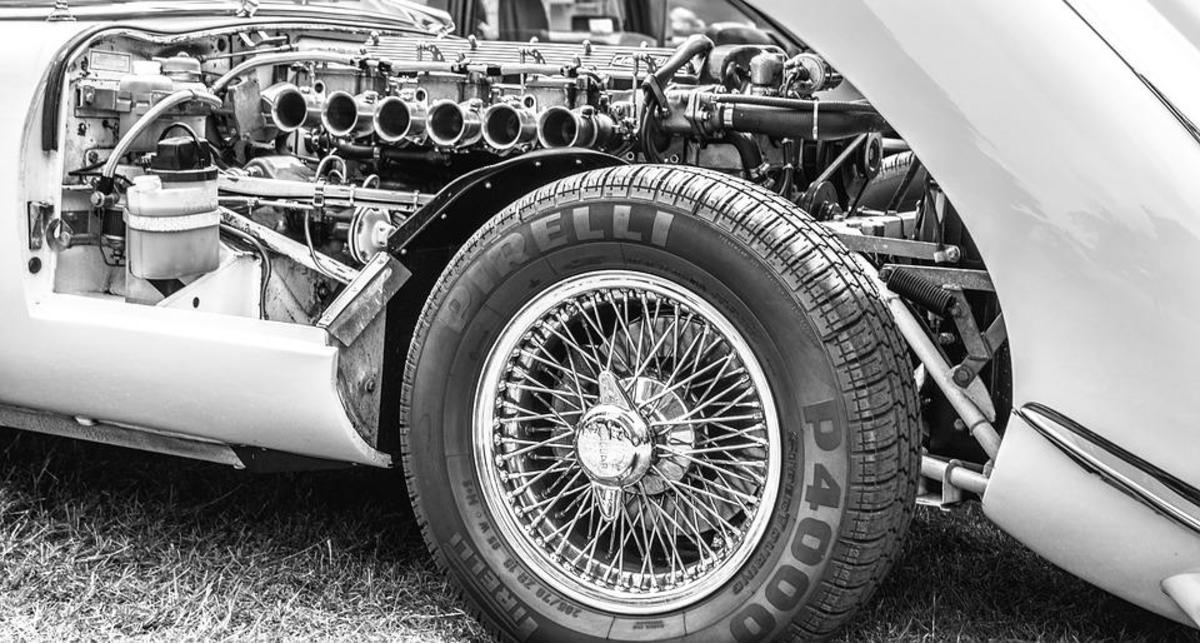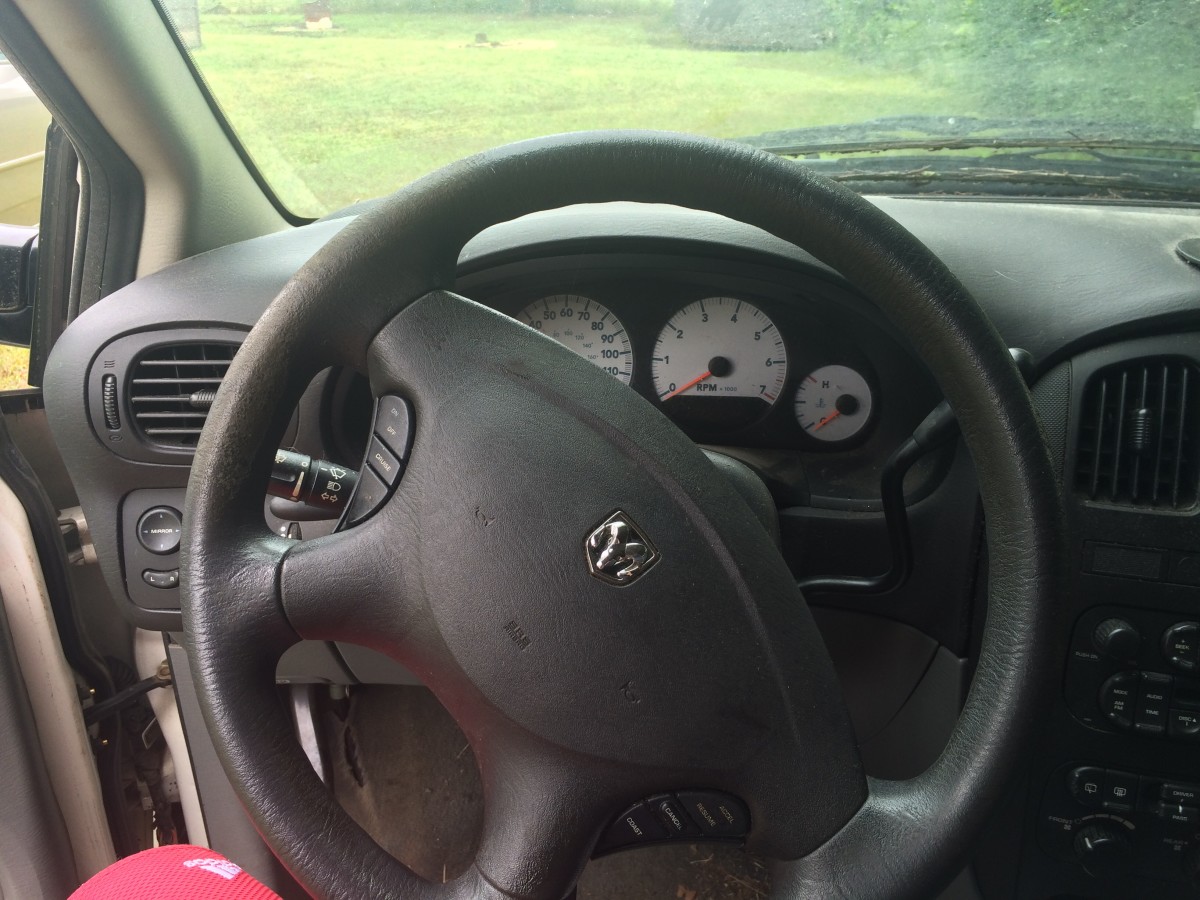Defensive Driving 101
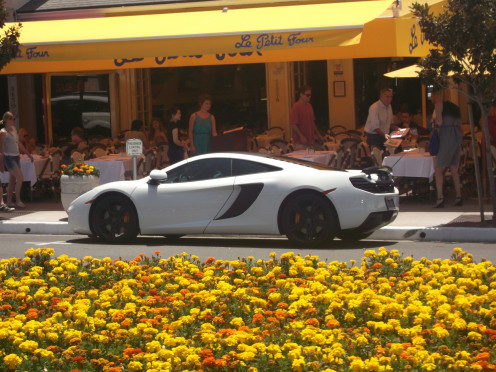
Make sure your vehicle is safe.
Defensive driving begins with knowing your vehicle is safe to drive. If you have concerns about the safety of your vehicle, have it checked out. If you can afford to bring it to a mechanic to have it checked over, do so. If you or a trusted friend or neighbor will be doing the inspection refer to the checklist below to be sure that among anything else that concerns you, these things have also been inspected. In fact, if a mechanic checks your car, make sure the checklist of things they have checked include all of the things listed below.
Tires: Make sure they have been properly inflated. The pounds per square inch (psi’s) for your tires will be listed on them.
Make sure that the tires have the recommended tread depth.
Having properly inflated tires with the proper tread depth reduces the risk of hydroplaning when the roads are wet, icy, or damp. It also reduces the risk of a tire fire and as an added bonus saves money spent on gasoline.
Brakes: Have your brakes checked by a licensed mechanic if they feel too loose or too tight when you apply them or if they squeak or grind.
You should be extra careful and pull over or drive extra slow if your brakes become wet. This may happen if you drive through a puddle. Some signs that your brakes are wet include: you feel a lack of braking power; your wheels lock up; or, your car pulls to one side.
Windshield and Wiper Blades: It is very important to make sure that your windshield is clean and free of cracks. You should check your wiper blades to make sure they are not stiff or too dull; and, they don’t have any slits or cracks. Replace if necessary. Be sure to maintain generous levels of wiper fluid.
Lights: Walk around your vehicle and check all your lights. Make sure they are clean and don’t have any cracks. Have a family member or friend turn on your regular lights, then your bright lights, then your parking lights, then each turn signal and then your brake lights. Walk around your vehicle each time checking to make sure that they are all working properly. Note: if you notice people flashing their lights at you when you are using your low beams, have them checked to make sure they are not set too high. A mechanic can adjust them if needed. Also, always use your high beams when it is safe to do so. However, remember to put them down to low beams when another vehicle is within 500 feet.
Gauges: Check under the hood and all your gauges to make sure your vehicles fluids are at the proper levels and your engine is functioning properly.
Fluids: Look under your vehicle to make sure nothing is leaking. Pay attention to unusual odors such as anti-freeze. If you smell anything out of the ordinary take your vehicle to a mechanic. Usually if you bring your vehicle in for an oil change, they will check most of your fluids. However, if you will be checking your vehicles fluids yourself, there are some precautions to keep in mind. When checking fluids check manufacturers specifications first as some vehicles require you to wait until the vehicle has cooled down before removing the cap. Also, be sure the vehicle is on level ground and if raised by a jack, be sure it is secured on a solid surface.
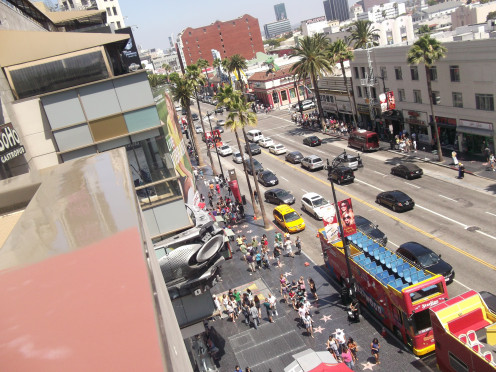
Defensive on the Road
Some of the main aspects of defensive driving are: knowing what is all around you, allowing a safe following distance from the vehicle in front of you, communicating your intentions with other drivers as well as pedestrians, and knowing the best options in your situation.
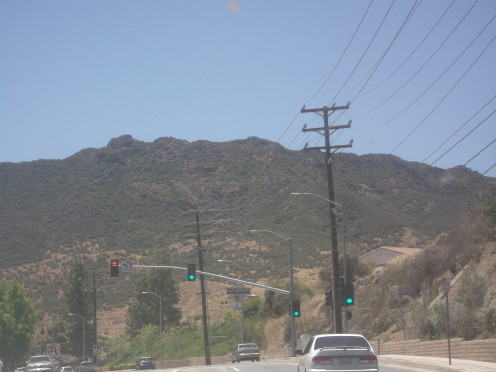
Look at the Big Picture
Look at least 12 to 15 seconds ahead of you. The way to determine how far you can see is to look as far ahead as you can and choose a stationary object, begin counting 1, 1000, 2, 1000, 3, 1000, until you come to the object of your choice. When looking ahead watch for traffic, brake lights, anything in the road, anything alongside the road that may enter the road, an escape route in case of an emergency, and upcoming traffic signs or signals. Use your mirrors often to know what vehicles are coming up along the sides of your vehicle and which ones are behind you as well as any other obstacles that could interfere with a turn or curve. These may become an emergency if you are forced to stop quickly or switch lanes.
Usually when the roads first become wet due to a light rain, snow, or mist they become quite slippery. The oils and fluids released from normal driving have built up on the road and without a heavy rainfall the oils and fluids get reactivated causing dangerous road conditions. It is best to drive slowly and make small moves when steering or braking.
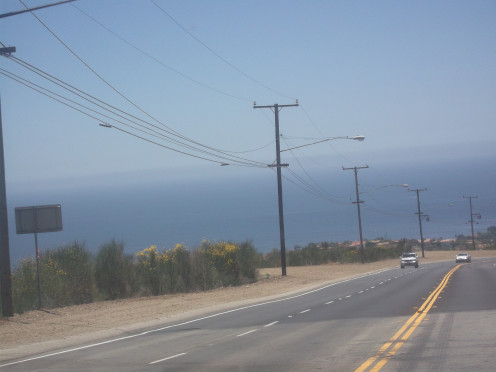
Use the same math to determine your following distance as you do to determine how far ahead you can see. As the vehicle ahead of you passes a stationary object begin counting. When you reach the object, you will know how many seconds of traveling time you are leaving between you and the driver in front of you. You should leave 4 to 6 seconds on dry roads and 6 or more on damp, wet, or icy roads or when driving in foggy conditions. Remain driving at the recommended speed limit (ten below the posted speed limit on wet roads) or below depending on the circumstances. Periodically check your following distance if you don’t have a feel for it in case the driver ahead of you has slowed down which will decrease your following distance. If this happens, you need to slow down accordingly. Whenever somebody tailgates you, do not speed up. The last thing you want is for the person behind you to be traveling at higher speeds when an emergency occurs. If, for example, a deer runs out in front of you and you have to stop quickly and the driver behind you rear ends you, you want the impact to be one that causes the least amount of damage. (Slower speeds will cause less damage.) Slow down before entering a curve and before going downhill.
Using and cancelling your signals lets other drivers and pedestrians know what your intentions are and helps them decide how they should act or react. When you use your signals you should turn them on with a fair amount of time for people to have at least 15 to 20 seconds to see them and allow you to make your move or for them to act accordingly. It is important not to use turn signals too early as people may think you have forgotten to shut them off and then they will ignore them and do not forget to cancel your signal after you have made your move. Tapping your brakes when you notice traffic coming to a halt ahead gives the driver behind you a heads up that you are slowing down and they need to slow down too.
Different situations call for different reactions. If you know what is around you at all times, you have a good chance of making the right decision in an emergency. It is often safer and quicker to go around an object than it is to stop; however, you have to decide what is best for a situation in a split second if you find yourself in an emergency situation. In most circumstances, a move to the right is usually the best way to avoid a collision as the shoulder is usually to the right of a road way and even if you are in the middle lane moving to the right instead of the left will give any vehicle behind you an escape to the shoulder. If you notice a vehicle going around another vehicle in the oncoming traffic lane, even though, they may be 500 yards or more ahead they are still coming toward your direction, it is wise for you to slow down to allow the driver enough time to get back into their lane. (Sometimes the person they are trying to pass makes it difficult for them to pass, thereby, keeping them in line with a head on collision in the lane you are travelling in.) This occurs often in rural areas. Your only defense is to slow down until the passing vehicle has reentered their lane.
Be Patient, Forgiving, Smart, and Alert
Having patience and forgiveness will help you develop safe driving habits. Sometimes drivers make errors and if you come out of it without a scratch try to be grateful and let go of any anger that may boil up. If you cannot let go of your anger or if you are feeling shaky, pull over and take a break until you feel more relaxed and can concentrate on the road. You should also pull off the road if you feel sleepy. Whenever it is safe to do so, pull off the highway and into a safe, well-lit area. Call someone to let them know where you are and what your plan is.
Never drink and drive. Know that coffee does not sober somebody up from drinking or lessen the effects of drugs. The only thing that lessens the effects of drugs or alcohol is time and a lot of sleep.
Never text while you are driving. Avoid cell phone use altogether in construction zones. Limit talking on a cell phone unless it is an emergency and safe to do so.
Avoid eating while driving and set your radio station before you start off on the road.
The larger a vehicle is the longer it takes that vehicle to stop. Therefore, use extra caution when in the area of trucks or large vehicles.
Stay safe!
Defensive Driving Quiz
view quiz statistics- The Keys to Defensive Driving
These defensive driving skills can help you avoid the dangers caused by other people's bad driving.
